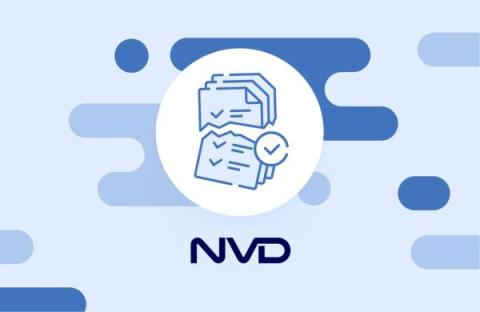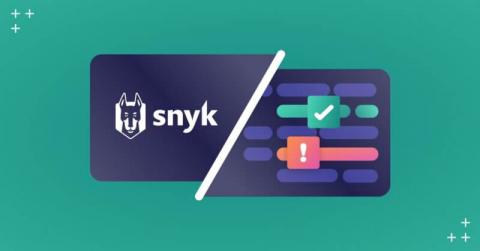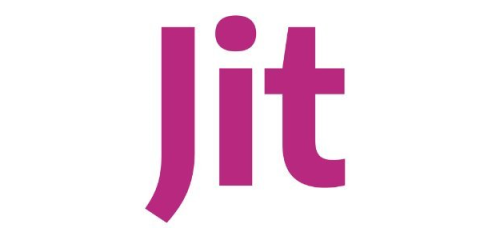Cyber Defense Magazine names Forward Networks a Market Leader in Vulnerability Assessment, Remediation and Management at 12th annual Global Infosec Awards
During a very busy RSA Conference, Forward Networks was named a market leader in vulnerability assessment, remediation, and management at the 12th annual Global Infosec Awards hosted by Cyber Defense Magazine. This is the second consecutive year that Forward Networks has taken top honors in security.











